Oh the casserole- perfect as a one-dish meal or just served with an easy side salad. Casseroles are the epitome of make-ahead dishes gifted to friends with a new baby, who recently suffered a loss or to bring to a potluck or party.
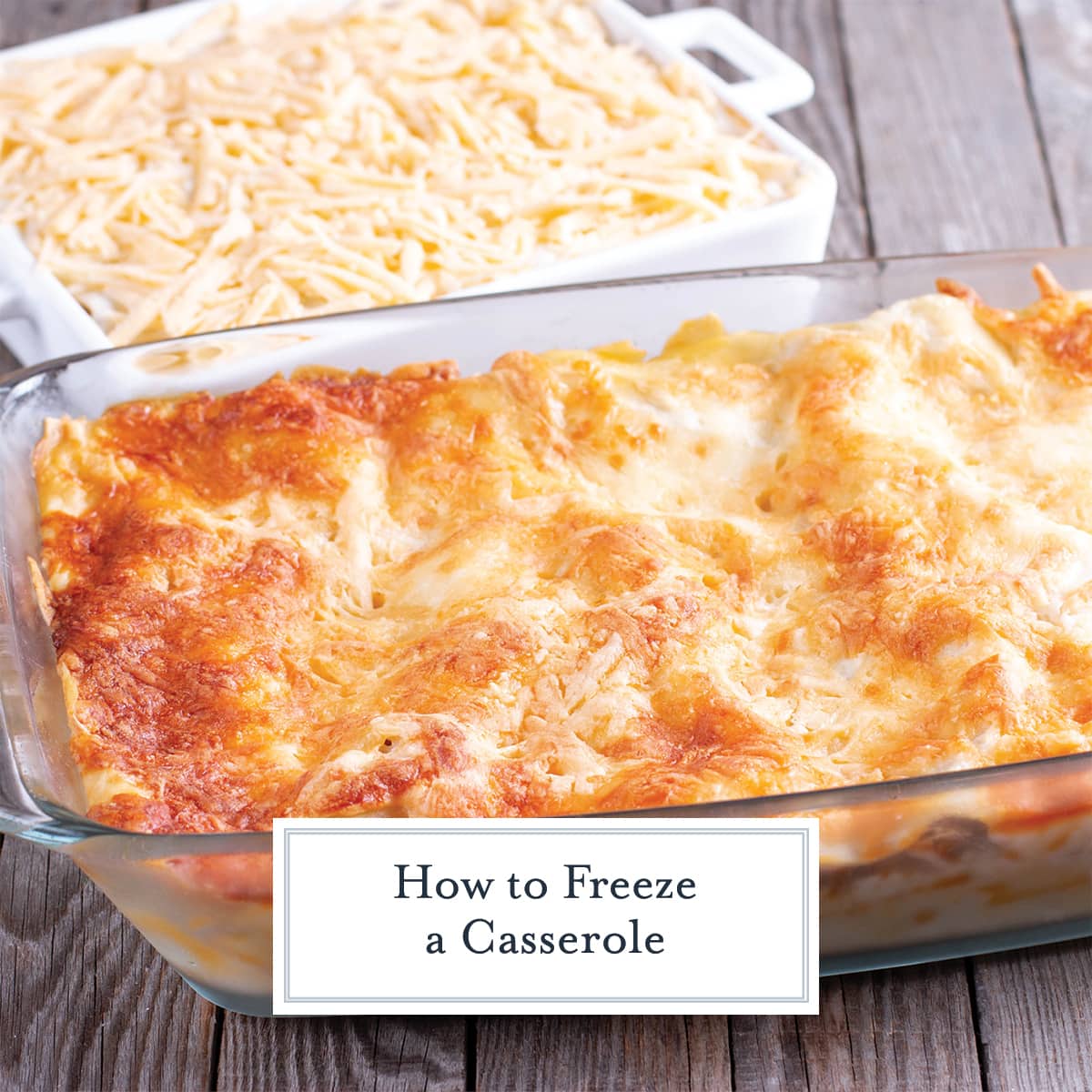
I think we can all agree that nearly all casseroles are best when first cooked, but that doesn’t mean they aren’t near perfection when frozen. However, how you freeze them matters and not all dishes freeze with the same results thawing.
Can You Freeze Casseroles?
Yes, you can freeze casseroles, but some ingredients freezer and defrost better than others making some more freezer friendly and furthermore, some are best frozen uncooked while others are studier (like egg based) after cooking.
Should You Freeze a Casserole Before or After You Cook It?
Some casseroles will do best when cooked and fully cooled first, others do best while uncooked and some are so versatile, they can go either way.
Any casserole or dish with raw meat should be cooked before freezing as well as some more liquid based dishes. But I’m going to share a trick with you on how to freeze liquid based casseroles with great results too!
Any casserole with fully cooked meat, like for instance one that has shredded rotisserie chicken, or meatless or fine to be frozen before cooking. In fact, freezing them in the uncooked state yields the best results when cooking because it is basically like cooking it fresh.
The chemical changes that happen during cooking, freezing, thawing and re-cooking can alter the textures and flavors. We’ve all had slimy pasta, watery eggs or grainy potatoes. Yuck!
Casseroles That Don’t Freeze Well
Some ingredients naturally contain larger amounts of water or absorb water when baked (like mac and cheese). The water will freeze and crystalize, like when you get freezer burn along the top, and when reheated, it creates steam leaving the original ingredient dry and the other ingredients mushy. Or, the ingredients separate, like some soft cheese.
Casseroles that contain a large portion of these ingredients aren’t as a freezer friendly. They might freeze fine, but will thaw with an altered texture.
- Soft cheeses like ricotta, cottage or goat cheese
- Eggs- eggs don’t freeze the best, but they also aren’t horrible, I’ll let you be the judge of this one.
- Potatoes- smaller pieces tend to do better
- Lettuce
- Cucumber
- Raw Onions
- Heavy cream and milk
- Mashed potatoes
- Imitation vanilla (but not real vanilla)
- Custards and puddings
PRO TIP: When you plan to freeze a pasta based dish, add a little more liquid to sauce. Pasta will absorb some of the liquid and leave you with a dry casserole, however if you account for that, you’ll still have a great sauce base after thawing.
Some ingredients also have the tendency to change flavor profiles, so be weary of these too. Even if none of the ingredients are on this list, any frozen foods tend to require reseasoning as flavors will be muted. Here are the biggest offenders:
- Gets bitter- Black pepper, cloves, garlic, bell pepper, imitation vanilla (not real vanilla)
- Onion- onion is funny because it can hold its flavor perfectly fine or become bitter.
- Celery salt and celery root become stronger.
- Salt loses flavor, most dishes will require resalting.
What Should I Freeze My Casserole In?
Unless you have industrial size freezers and an abundance of 9×13 pans just laying around, you’ll need to have another means to freeze casseroles, especially if you plan to make a bunch.
Of course the best containers for freezing casseroles is a freezer-safe and oven-safe dish with a lid- it is the most convenient, but it is large and leaves you one dish short in the meantime. There is also a risk of the dish shattering when it goes from extreme temperatures- cold freezer to hot oven.
My favorite alternative it buying a bulk package of 9×13 aluminum pans. They are disposable and oven and freezer safe. They are ideal for taking to a friend because there is no need to return the pan, just dispose. The downside is that they are still bulky and maybe be awkward to fit into some freezers, especially column freezers. If you do opt for an aluminum pan, wrap well with aluminum foil and press the foil down to meet the top of the food trying to leave as little air between the two surfaces as possible.
The second alternative is best if you are low on space and that is to freeze it without a pan. Say what? Here is our trick- you freeze it in the pan and then remove it for long term storage. This works for both cooked and uncooked casseroles.
Line your casserole dish with heavy duty aluminum foil. Try to get as few seams on the bottom as possible and leave some overhang on either sides. If this is a hearty dish, you might want to double the layers.
Assemble the casserole. If you need to cook it, do that now and then allow to cool fully. If your are freezing it uncooked, transfer the entire dish, uncovered, to the freezer. You can cover it, just don’t let the covering touch the uncooked ingredients just yet.
Freeze either for at least 24 hours.
After the food is frozen, use the overhang like a sling to remove the casserole from the pan and peel off aluminum foil. Wrap the casserole in plastic wrap trying to get out all the air. From here you can wrap it in another layer of aluminum foil or place into a large freezer bag. Regardless of how you do it, remember that air is the enemy so try to remove as much of it as possible. Return to the freezer when fully packaged.
You can also make one casserole recipe and divide it into smaller, single size serving dishes like a good, old school TV dinner.
How Long Can You Freeze Casserole For?
Frozen casseroles will last between three and six months when packaged and stored properly. As is the case for all frozen foods, the quality of the ingredients starts to degrade after 3 months.
Make sure to label the casserole with the date frozen on the freezer bag or a piece of freezer tape. We’ve all been staring at a pile of frozen meals playing a guessing game of “what is that?”.
How to Reheat a Frozen Casserole
Casseroles are best popped into the oven while still frozen. If you let them thaw, all those ice crystals just melt and create pools of water. This is a mistake that you can’t recover from.
If you’ve froze your casserole in an aluminum pan, just throw it in. If you’ve frozen it in plastic wrap or aluminum foil, peel off all the wrap and place the frozen brick into a similar size baking dish. For either version, keep the casserole covered for the first half of cooking to prevent the top from burning.
The general rule for casseroles is that they will require twice as long as the original cook time if frozen at the original temperature. Make sure to use a digital thermometer to check the internal temperate and make sure you aren’t serving an icicle. Most require in internal temperature of 165°F.
Like meat, most casseroles can also benefit from a 5-10 minute resting period and finishing seasoning before serving.
Casseroles That Freeze Well
- No Boil Pasta Lasagna (although it has ricotta, it is blended with other things and cooked)
- Chicken and Broccoli Casserole
- Baked Mostaccioli
- Tuna Noodle Casserole
- Taco Bake
- Cowboy Casserole
- Meatball Casserole
- Creamy Cabbage Casserole
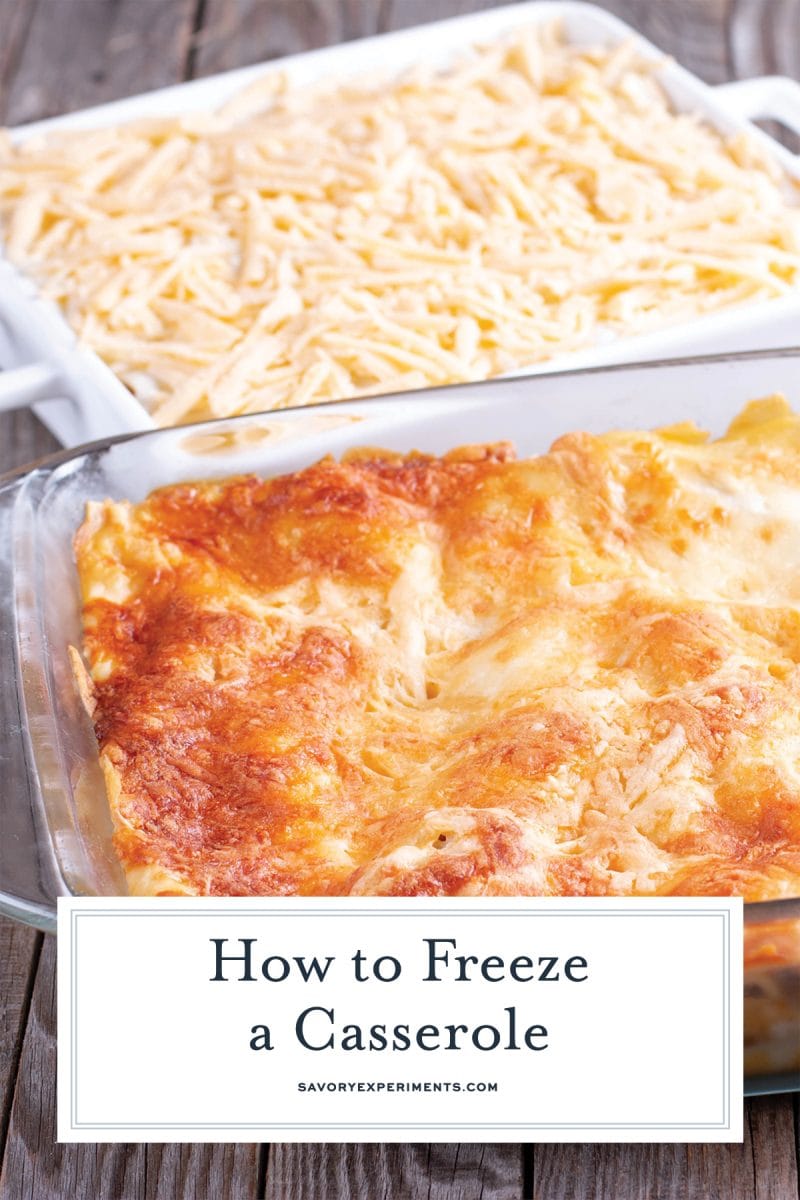

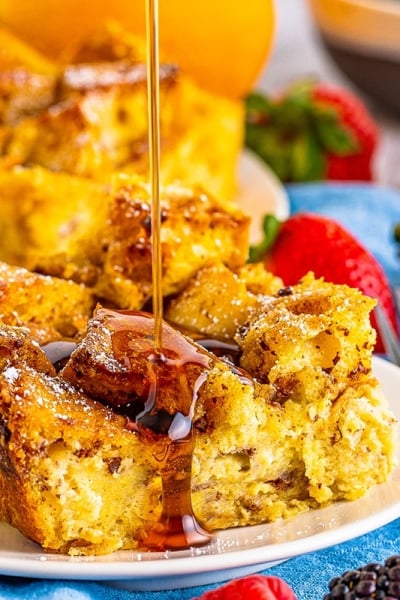
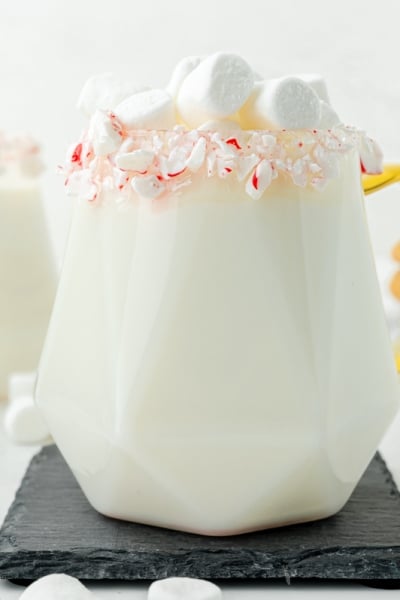
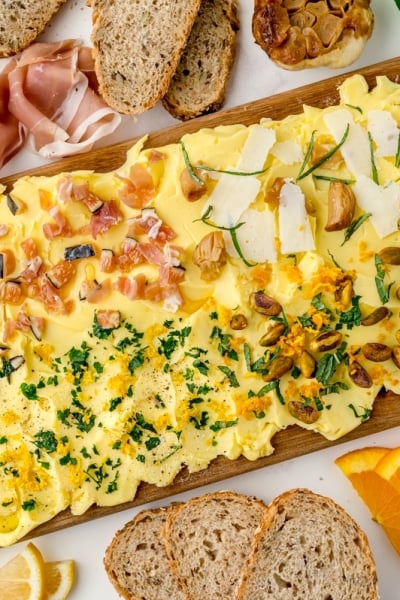
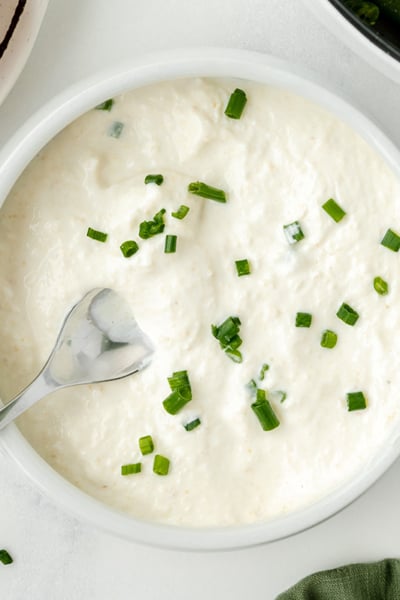
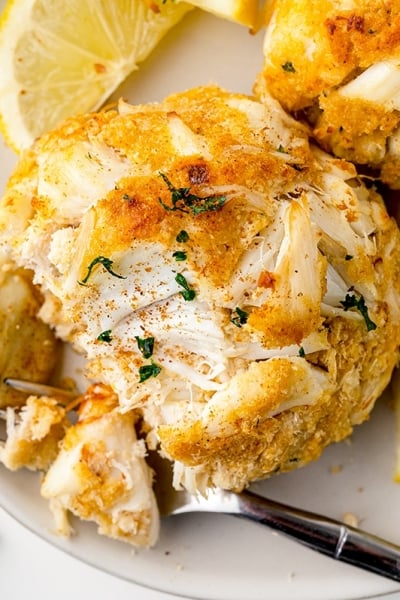
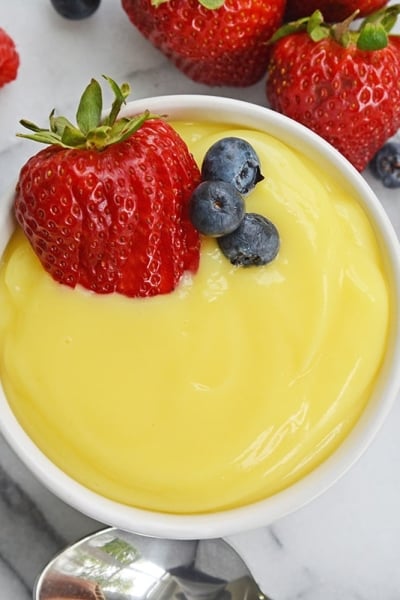

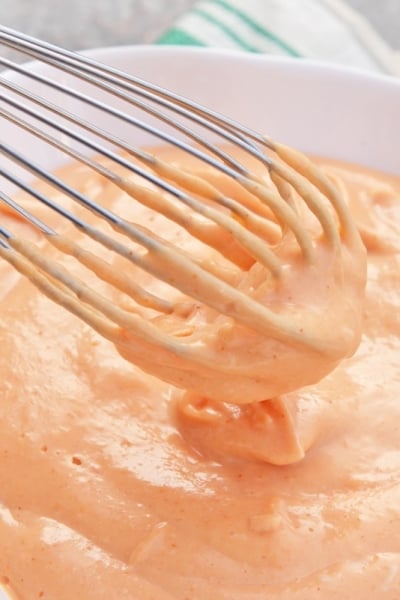
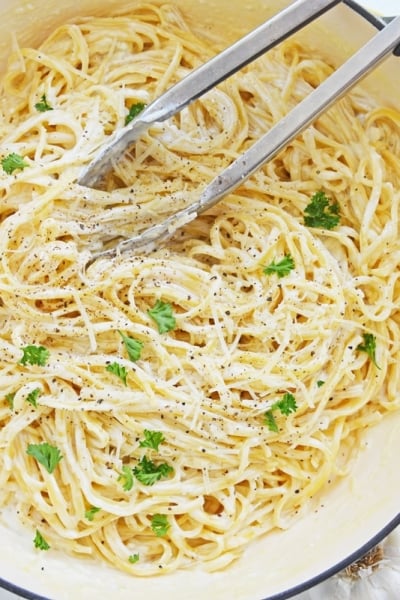
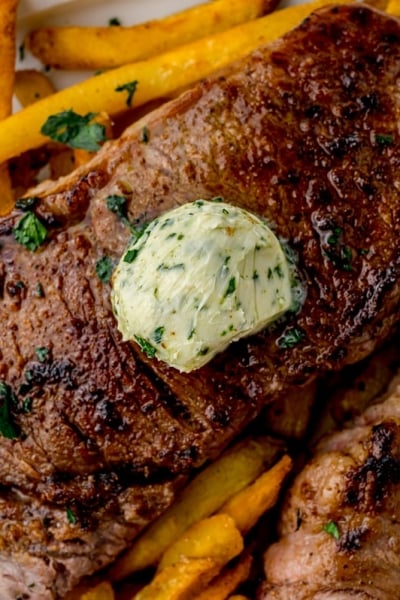







What a great tip! I cannot wait to try this on my next casserole! Thank you!
Very informative post! It answered all of my questions I had about freezing some casseroles I was wanting to meal prep. Thanks for sharing.
This guide is so handy! Thanks for all the info to make freezing casserole a success.
This is a fabulous resource for those of us that like to bring casseroles to family gatherings and potlucks. I have book marked this page for future reference.
This is super helpful. I always find myself making some sort of big batch meal like a casserole for friends in need and having these instructions makes things so much easier! Thank you!